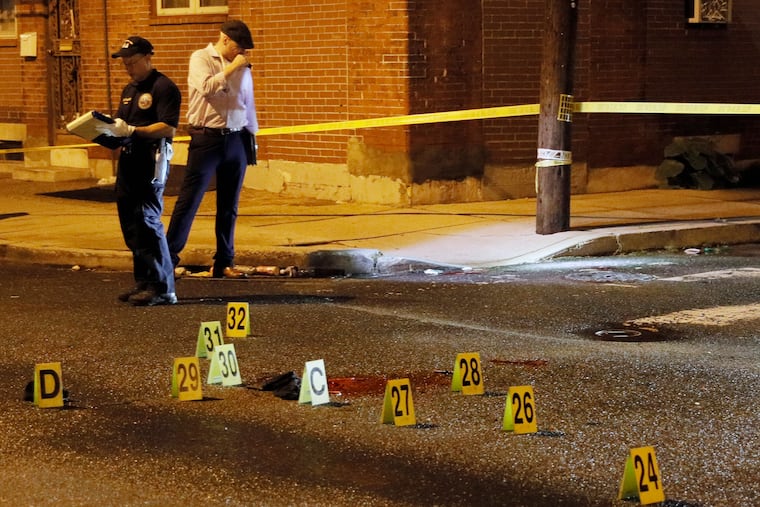Philly’s gun violence has hit startling levels: ‘This is a real pandemic in itself’
The city recorded 275 shooting victims in August, by far the most in a single month since at least 2007, and the fourth consecutive month that the victim tally has increased to alarming heights.
